NASA is struggling to explain the unusual formations of X-shaped structures found in the Earth’s ionosphere, which is the planet’s upper atmosphere.
These odd formations occur during regular, quiet periods of solar and volcanic activities, so researchers are stumped as to what, exactly, is forming these odd structures up in the air.
About the Ionosphere
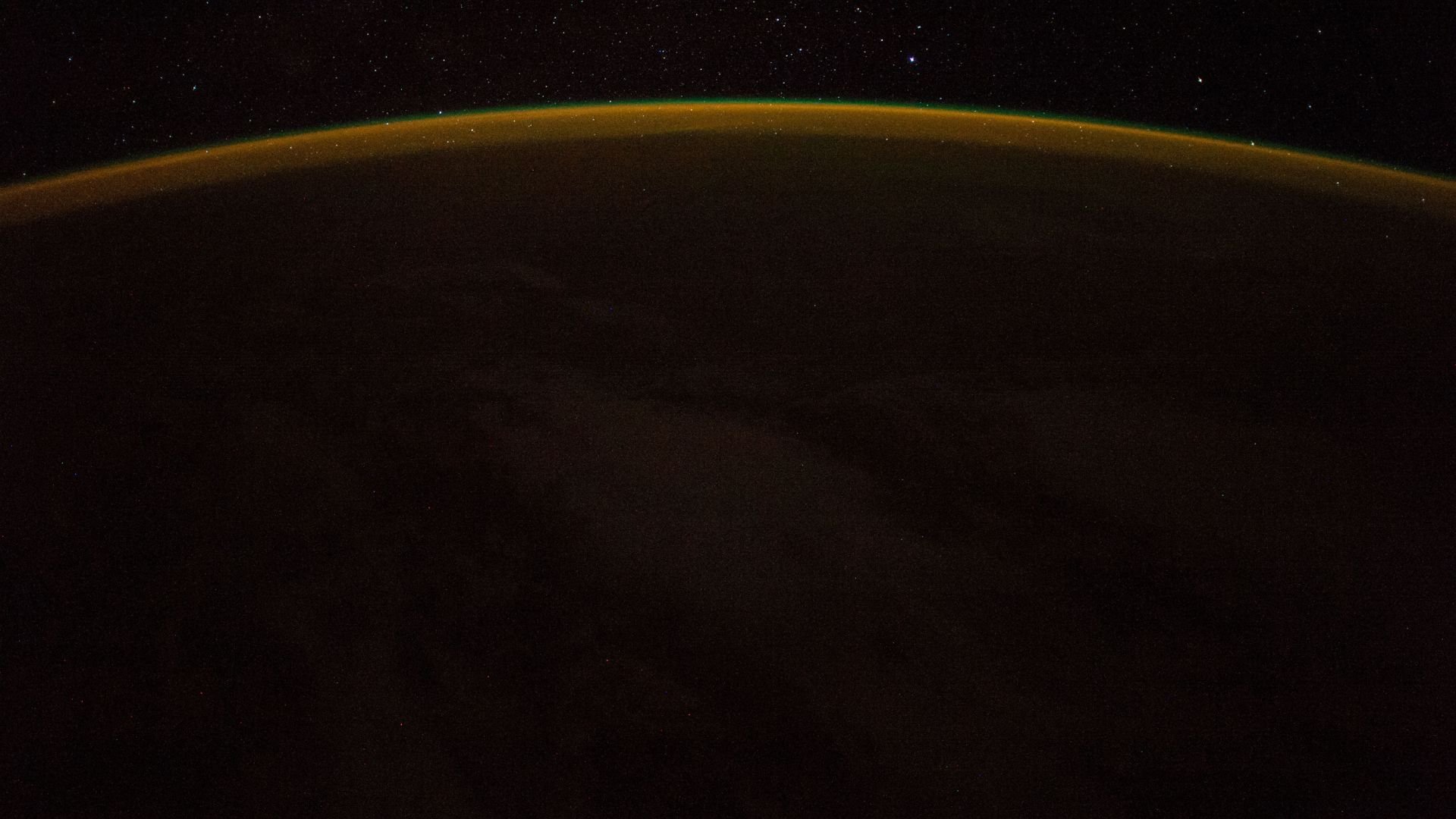
The ionosphere is one of the most important parts of the Earth’s upper atmosphere, as it only exists because of the type of radiation that hits it from the sun.
Because of the sun’s radiation, the ionosphere is electrified. The sun also forces this region of the atmosphere to change, as its density can greatly increase during the day, thanks to the sun’s radiation electrically charging its molecules.
The Ionosphere During the Daytime

Therefore, during the day, sunlight makes electrons break off of both molecules and atoms. This electrifies the atmosphere, which allows for the creation of plasma.
This plasma further allows radio signals to then travel over extremely long distances. Thus, the ionosphere is very important to the planet as a whole.
The Ionosphere at Night
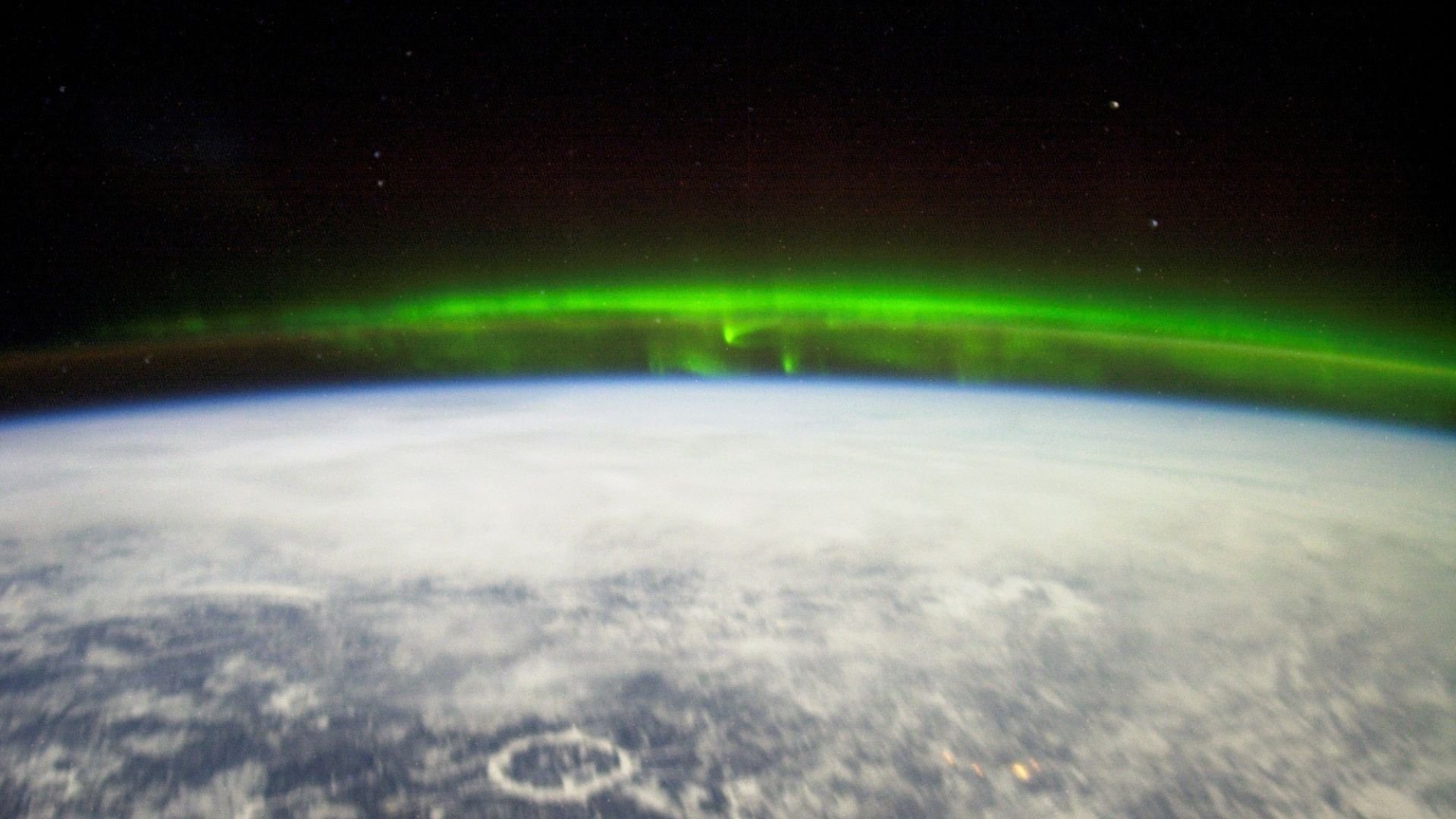
Meanwhile, at night, when the sun’s rays are no longer hitting the upper regions of the planet’s atmosphere, the ionosphere’s density drops. It’s no longer as electrically charged as it was during the day.
However, the ionosphere’s activities in the evening are still vitally important to scientists, as this is when low-density bubbles can appear within the region.
Low-Density Bubbles
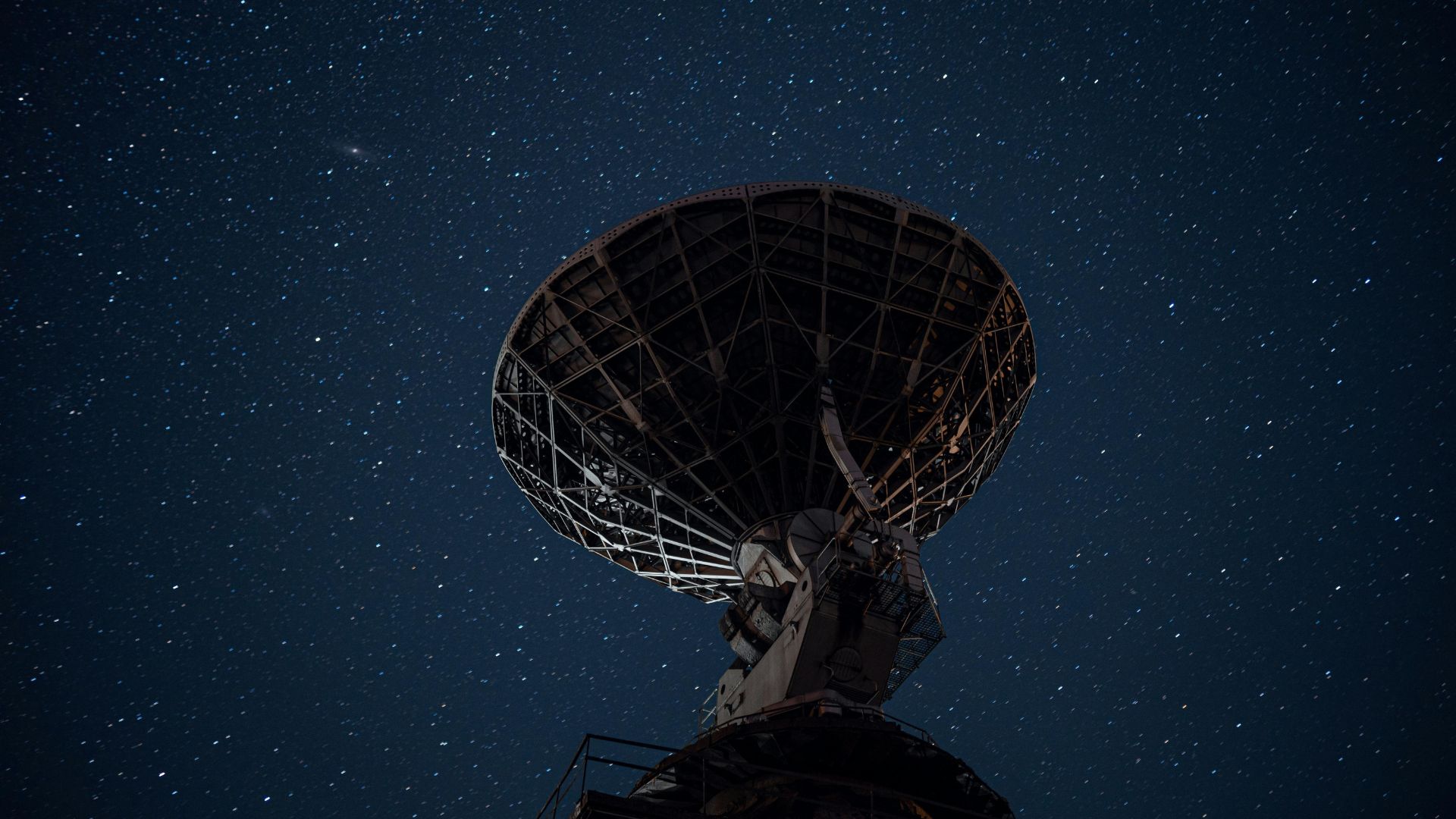
Low-density bubbles have long interested NASA scientists, especially as these bubbles can interfere with both GPS and radio signals.
Researchers always like to get to the bottom of situations that bring about interferences like this, so they’ve recently begun to take closer looks at these bubbles in the ionosphere.
The GOLD Mission
As a result of this interest, NASA created the Global-Scale Observations of the Limb and Disk (GOLD) mission.
This mission has already set up a geostationary satellite that measures aspects of the ionosphere, such as its temperatures and densities. This satellite and mission was first launched in October 2018.
What Affects the Ionosphere
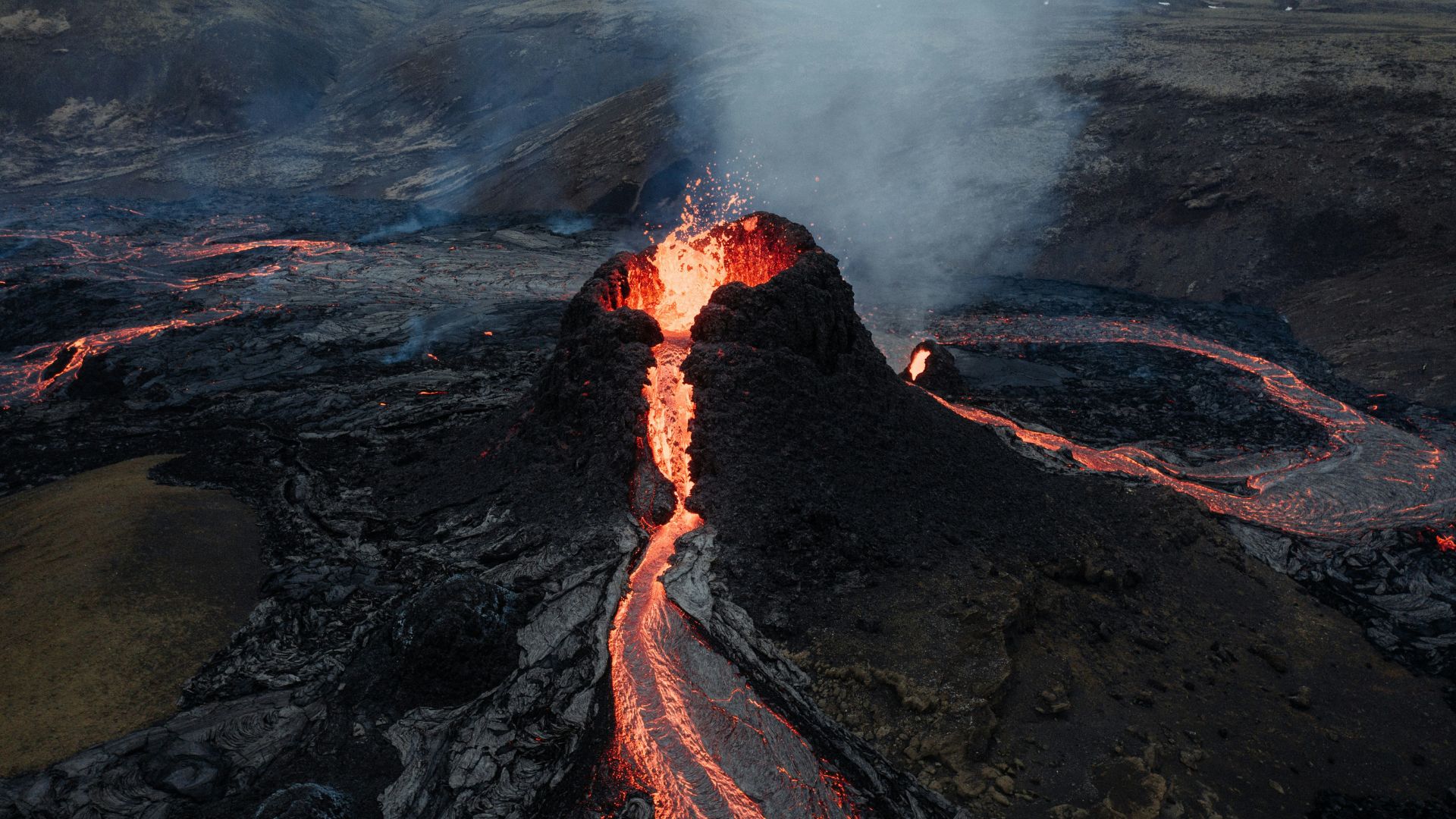
While sunlight generally impacts the ionosphere, as we’ve seen, scientists have also learned that this region of the atmosphere is particularly sensitive to things like large volcanic eruptions and solar storms.
These uncommon events can even bring about odd structures within the ionosphere — such as X-shaped formations.
The Formation of X-Shaped Structures
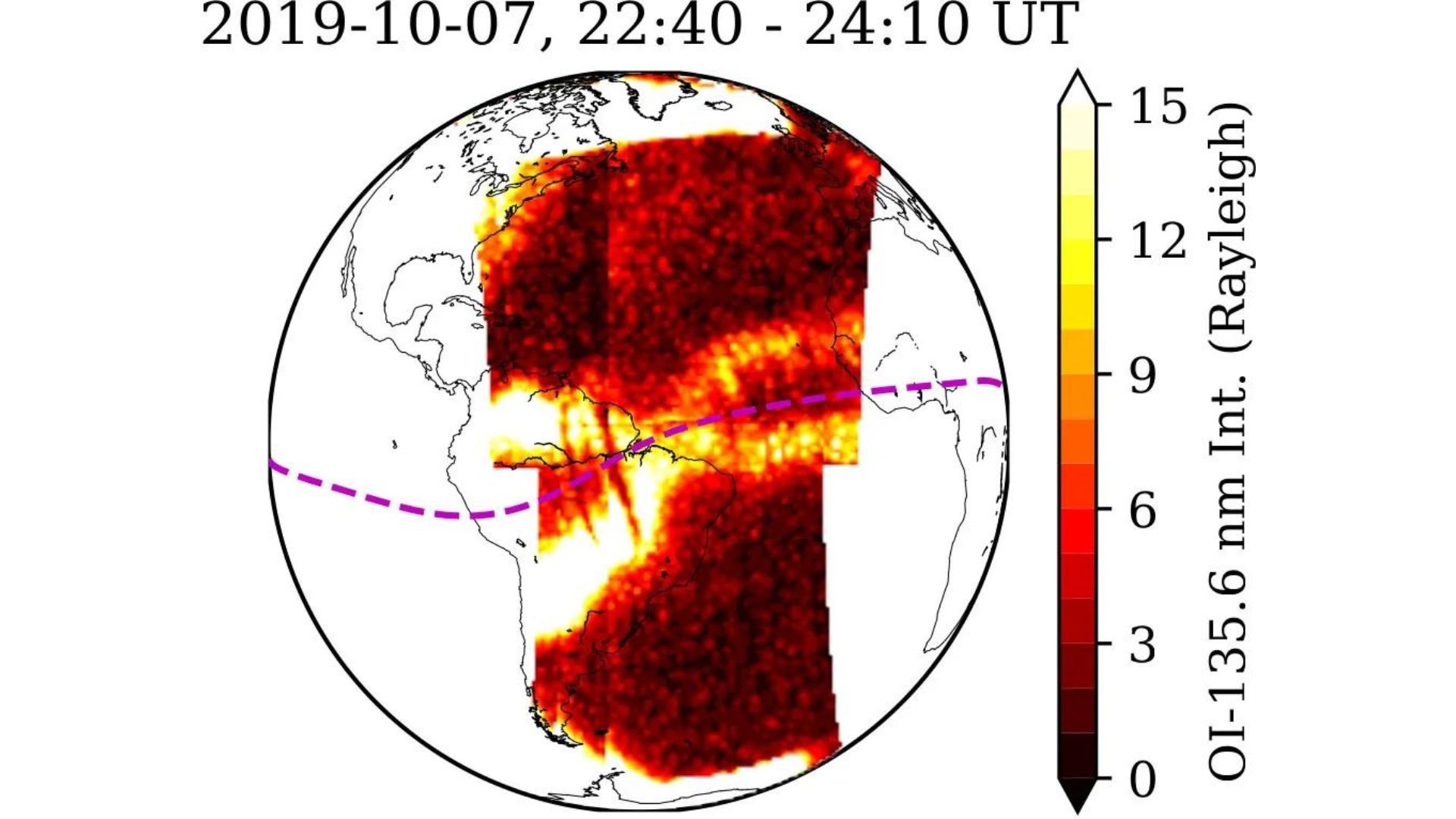
GOLD’s mission has found that two dense crests of particles can be found within the ionosphere in two different areas, mainly in the north and south of the equator.
During periods of volcanic activities or solar storms, these crests of particles can then form X-shaped structures. However, recently researchers have seen these unusual X-shaped structures — but not during periods of solar storms or volcanic activities.
Why Is This Happening?
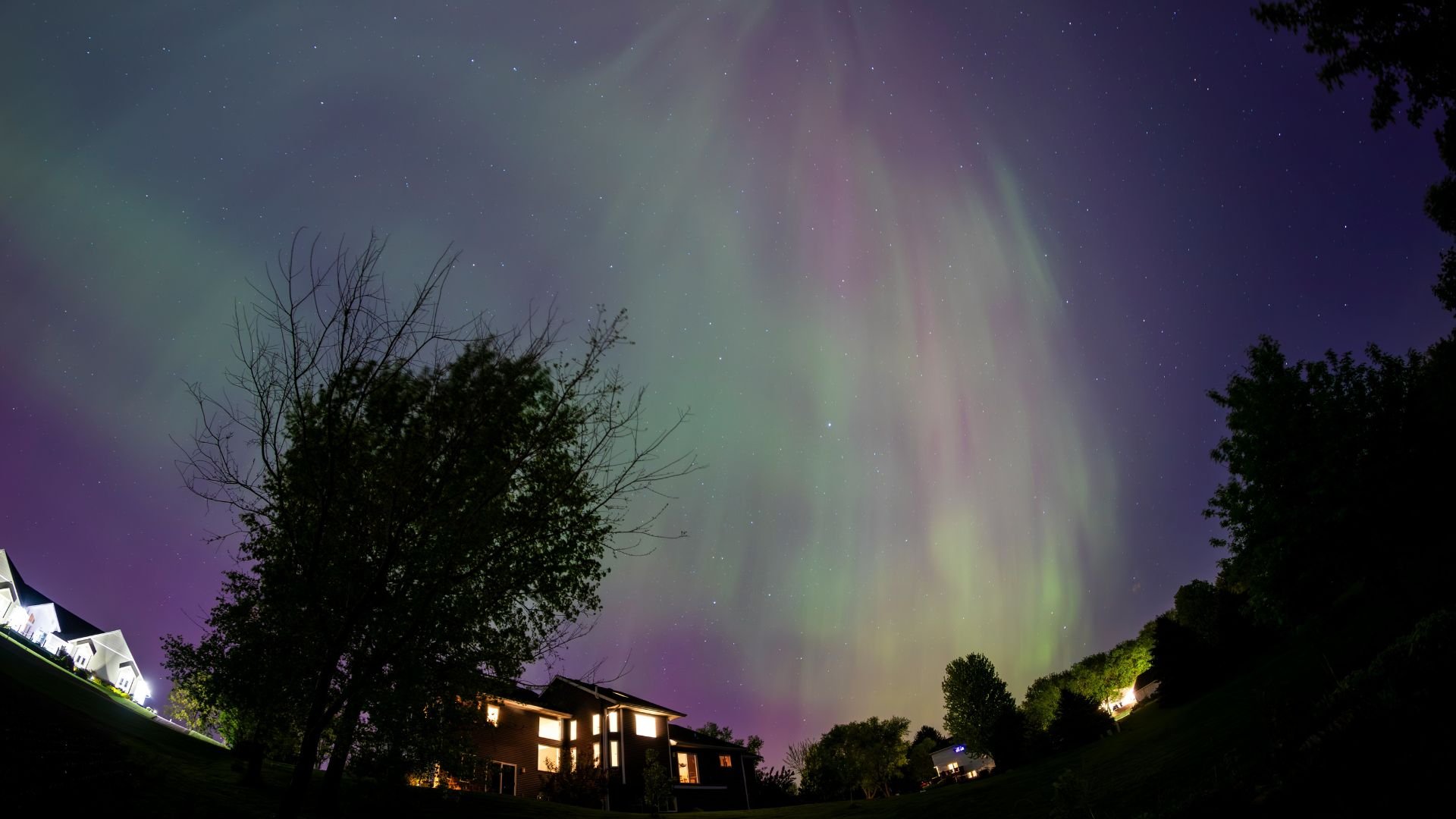
NASA hasn’t yet explained why these X-shaped formations may be occurring during relatively quiet periods.
However, many researchers have theorized that this may mean that activities done within the lower atmosphere may impact the ionosphere in more ways than large solar or volcanic events do.
Other Odd Shapes Found Within the Ionosphere
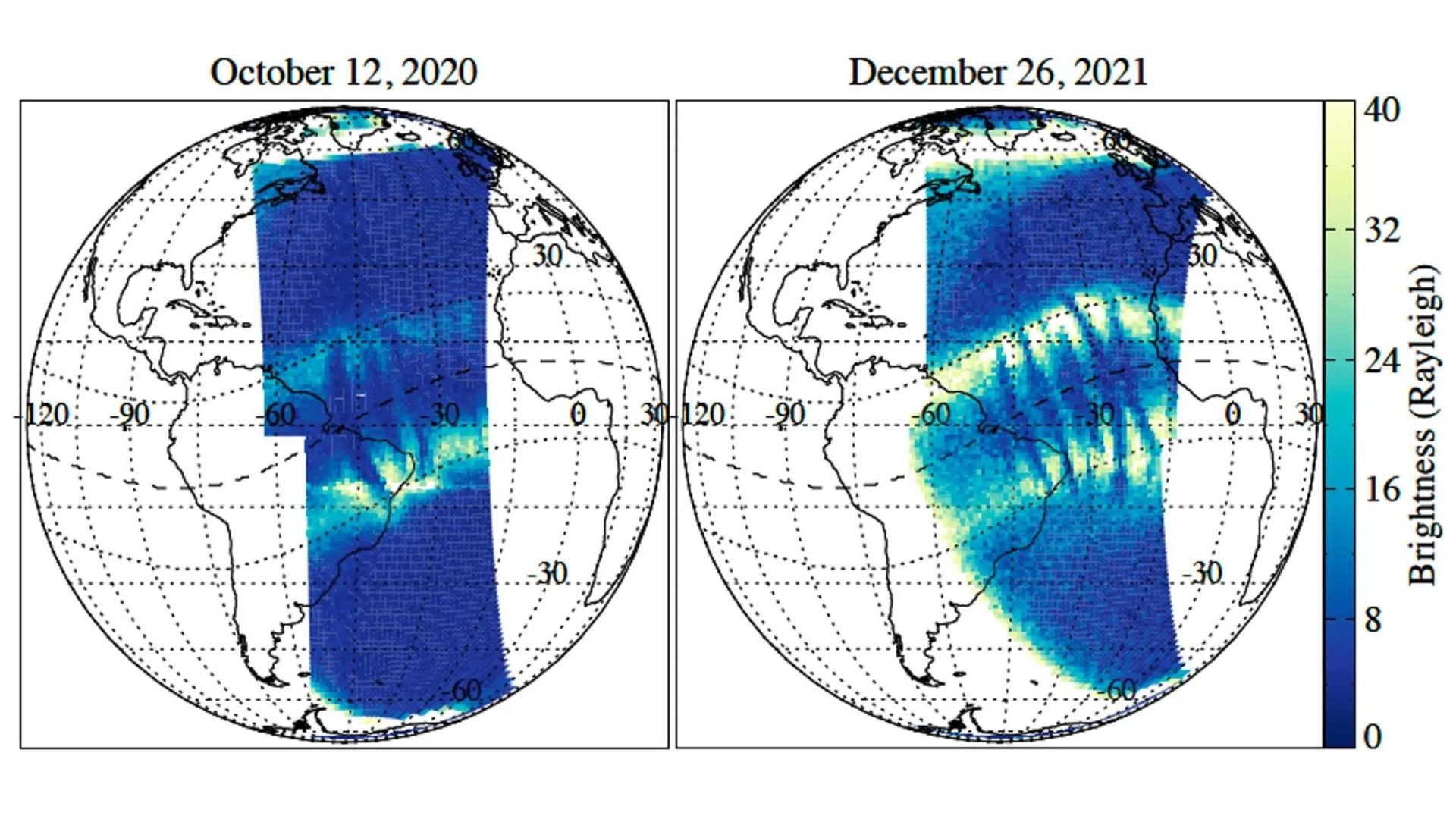
Researchers also discovered C-shaped bubbles in this plasma within the ionosphere — and these bubbles were quite close together, which surprised scientists.
While NASA so far thinks the wind may shape these C formations, they have noticed that C-shaped and reverse C-shaped bubbles have been incredibly close together. Wind patterns, therefore, wouldn’t have formed these odd structures.
Understanding These Structures
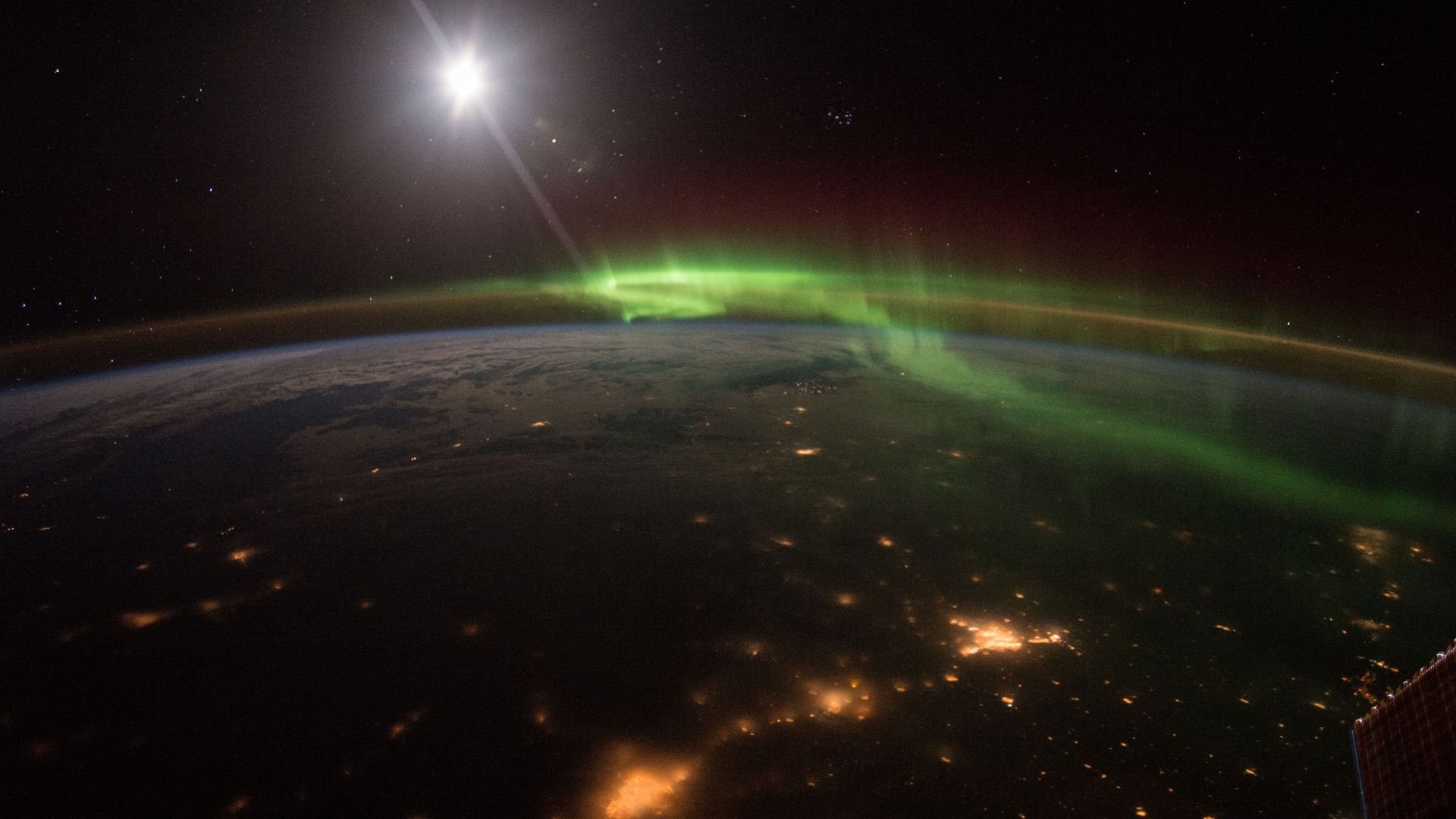
Scientists have come out to explain that they must work to understand why these X and C-shaped structures may be forming in the ionosphere’s plasma, even during periods when there aren’t any volcano eruptions or notable solar storms.
So far, a consensus on why this is occurring hasn’t been reached. Researchers instead have explained that they need to do more studies on this phenomenon.
The Importance of This Discovery

Deepak Karan, a LASP research scientist, explained, “It’s really important to find out why this is happening.”
Karan stressed, “If a vortex or a very strong shear in the plasma has happened, this will completely distort the plasma over that region. Signals will be lost completely with a strong disturbance like this.”
